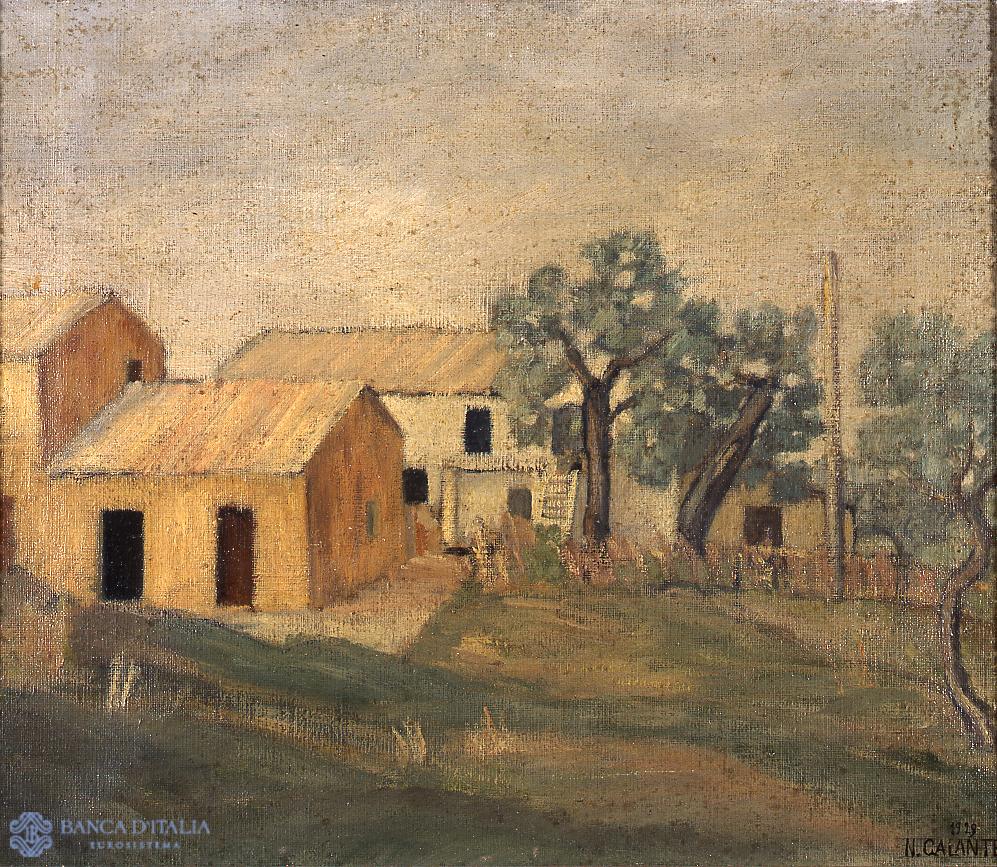The painting, which is signed and dated, was done shortly after the establishment of the Gruppo dei sei, reputed to be at the forefront of the new Anti-novecento movement of the 1920s. The group of artists, which formed in Turin towards the end of 1928 during the exhibition at the Sala d'Arte Guglielmi, consisted mainly of local artists united by their profound rejection of the rhetorical style of traditional painting. The latter glorified a now jaded Classicism, which the group wished to replace with a more modern artistic language, based on the French and other Impressionist schools, acknowledging the lessons of Cézanne and of Modigliani and welcoming contemporary European experimentation. The group, whose members included Galante, Enrico Paolucci, Gigi Chessa, Jessie Boswell, Francesco Menzio and Carlo Levi, was set up under the aegis of Lionello Venturi, who continued to follow its progress. It enjoyed the financial patronage of Gualino, the high regard of Casorati, already a very influential figure, and the attention of critics such as Edoardo Persico and Giacomo Debenedetti.
The landscape here is created out of a vaunted lack of elements: in the centre are four plain houses in a countryside denoted by just a grassy bank and a few scattered trees. A pale wash of colour, drained by the high bleaching light, bathes the whole scene, blunting edges and roughness. The humble subject, translated into the rarefied atmosphere of a melancholy rural elegy, is highly representative of the group’s poetic style, fluctuating between a leaning towards realism and a search for formal simplification. A dry, rigid morality emerges from this description of nature that has lost any trace of idealism, becoming a scene of poverty in which the hard work of the peasant is apparent. Although his language is terse and spare, Nicola Galante still manages to convey an eloquent elegance.
Nicola Galante, Paesaggio con case
Paesaggio con case
Painting
20th century AD
Landscape

Artist
Date
1929
Material and technique
Oil on canvas
Measurements
40 x 48 cm
Compiler
Augusta Monferini
